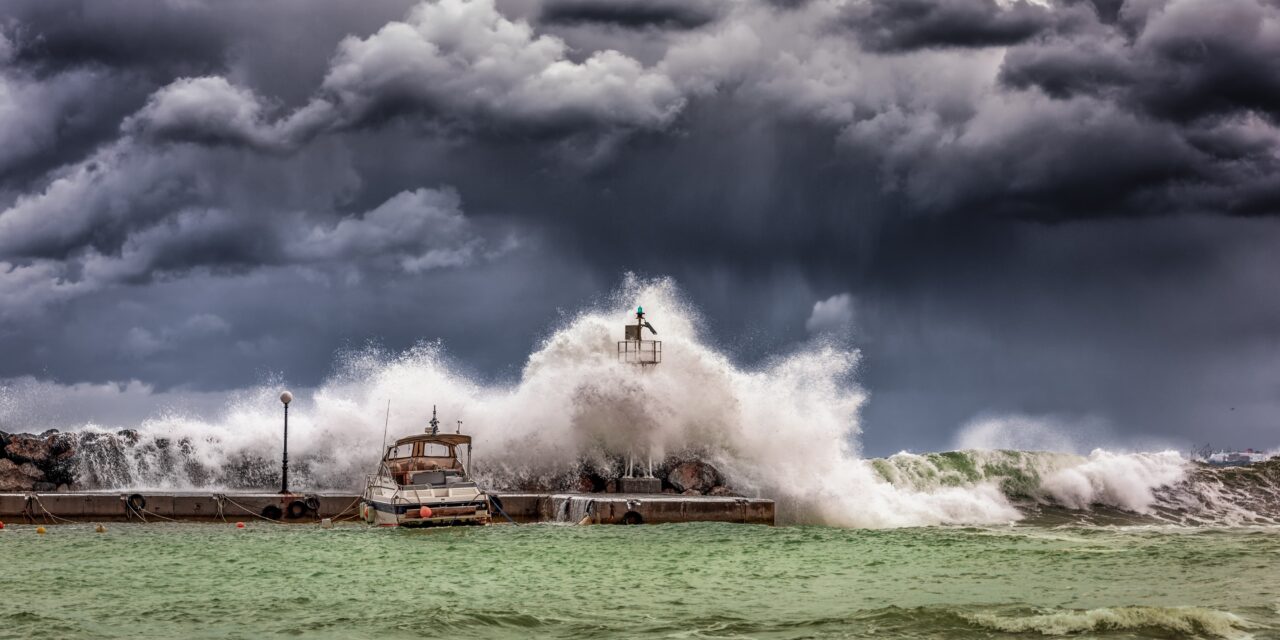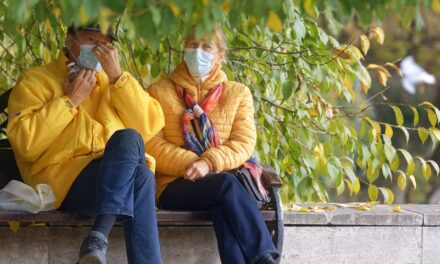Living in a coastal area can be akin to residing in a paradise, with breathtaking views and tranquil sea breezes. However, this idyllic setting comes with its share of risks, notably natural disasters. Coastal regions are particularly vulnerable to a variety of natural calamities, including hurricanes, tsunamis, floods, and earthquakes. Being prepared for these potential threats is not just advisable; it’s essential for the safety and well-being of those who call these areas home.
The concept of disaster preparedness in coastal zones encompasses far more than just having an emergency kit at the ready. It involves a comprehensive understanding of the risks, proactive planning, and the implementation of strategies to mitigate potential damage and ensure the safety of individuals and communities. This article aims to guide you through the necessary steps to prepare effectively for natural disasters in coastal areas, a crucial consideration for residents, local authorities, and emergency services alike.
Understanding the unique challenges posed by the geographical location of coastal regions is the first step. These areas are often the first to bear the brunt of storms and rising sea levels. The topography can also contribute to the severity of events such as storm surges and flooding. Consequently, preparing for these natural events is not just about survival; it’s about resilience – the ability to recover quickly and efficiently.
Let’s dive into the specifics of what it takes to be prepared for natural disasters in coastal regions. Our goal is to empower you with knowledge and practical tips that can make a significant difference in times of crisis. This journey towards preparedness will not only offer peace of mind but can also be the key to preserving lives and properties.
Understanding and Preparing for Specific Coastal Disasters
When living in coastal regions, being prepared for specific types of disasters is crucial. Each disaster comes with its own set of challenges and requires tailored preparedness strategies. Here are some of the most common coastal disasters and how to prepare for them:
Hurricanes and Tropical Storms
Hurricanes and tropical storms are among the most devastating natural disasters for coastal communities. They bring strong winds, heavy rainfall, storm surges, and flooding. Preparation should include:
- Understanding Warning Systems: Familiarize yourself with local warning systems and stay informed about weather forecasts.
- Emergency Kits: Prepare an emergency kit with essentials like food, water, medications, and important documents.
- Evacuation Plans: Have a clear evacuation plan and know the safest routes to take in case of a hurricane warning.
Tsunamis
Tsunamis, caused by underwater earthquakes or volcanic eruptions, can result in massive waves hitting the coast with little warning. To prepare, consider:
- Education on Signs: Learn the natural warning signs of a tsunami, such as a sudden retreat of water from the shore.
- Evacuation Drills: Conduct regular evacuation drills and identify high ground or inland areas for safety.
Floods
Coastal areas are prone to flooding, especially during heavy rains and high tides. Preparing for floods involves:
- Property Measures: Elevate critical utilities and consider flood barriers or sandbags for your property.
- Insurance: Ensure you have adequate flood insurance to cover potential damages.
Earthquakes
Coastal areas near tectonic plate boundaries may experience earthquakes. Preparation steps include:
- Securing Your Home: Secure heavy furniture and appliances to prevent tipping during an earthquake.
- Emergency Drills: Regularly conduct earthquake drills and teach all household members to “Drop, Cover, and Hold On” during an earthquake.
Understanding these risks and implementing specific strategies for each type of disaster can significantly enhance your preparedness. Remember, the key to effective disaster preparedness is not only having the right supplies but also possessing the knowledge and skills to respond appropriately to different situations.
Summary and Key Takeaways
Preparing for natural disasters in coastal areas involves a multi-faceted approach, combining knowledge, practical preparation, and community involvement. The unique challenges presented by the proximity to large bodies of water and the potential for specific types of natural events necessitate specialized preparedness plans. Here are the key takeaways from our discussion:
- Understand the Risks: Recognize the types of disasters that are most likely to occur in your coastal area, whether it’s hurricanes, tsunamis, earthquakes, or floods.
- Develop a Comprehensive Plan: Your disaster preparedness plan should cover evacuation routes, communication strategies, and specific actions for different types of emergencies.
- Build an Emergency Kit: Stock up on essential supplies, including non-perishable food, water, medications, and important documents. Customize your kit to cater to the needs of all family members, including pets.
- Protect Your Property: Take preventive measures to minimize damage to your home, such as reinforcing structures, elevating utilities, and installing storm shutters.
- Stay Informed: Keep abreast of the latest weather forecasts and warnings. Understand and heed local emergency alert systems.
- Community Engagement: Engage with your local community and authorities. Participate in community preparedness programs and drills.
- Continuous Learning: Stay educated about disaster preparedness. Participate in local workshops or online courses to enhance your knowledge and skills.
Remember, the key to effective disaster preparedness is proactive planning and regular practice. By understanding the risks, preparing accordingly, and staying informed, you can significantly reduce the impact of natural disasters on your family and property. As you continue to build and refine your disaster preparedness plan, keep in mind that this is an ongoing process. Stay adaptable and ready to update your strategies as new information and technologies become available.








